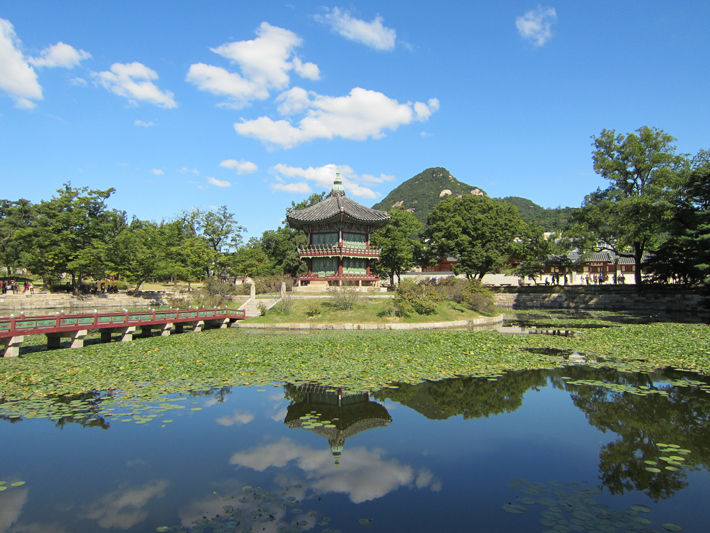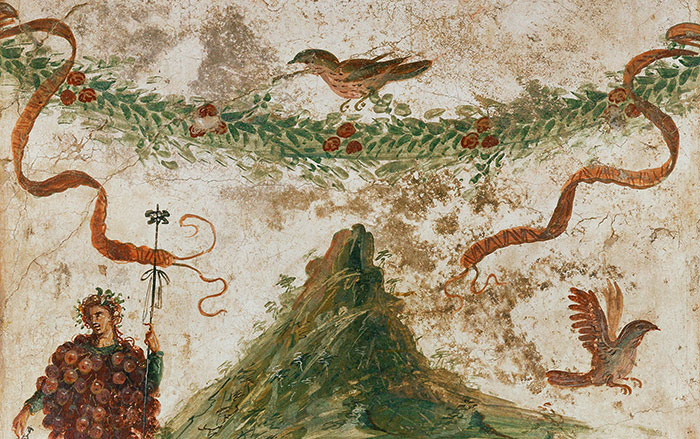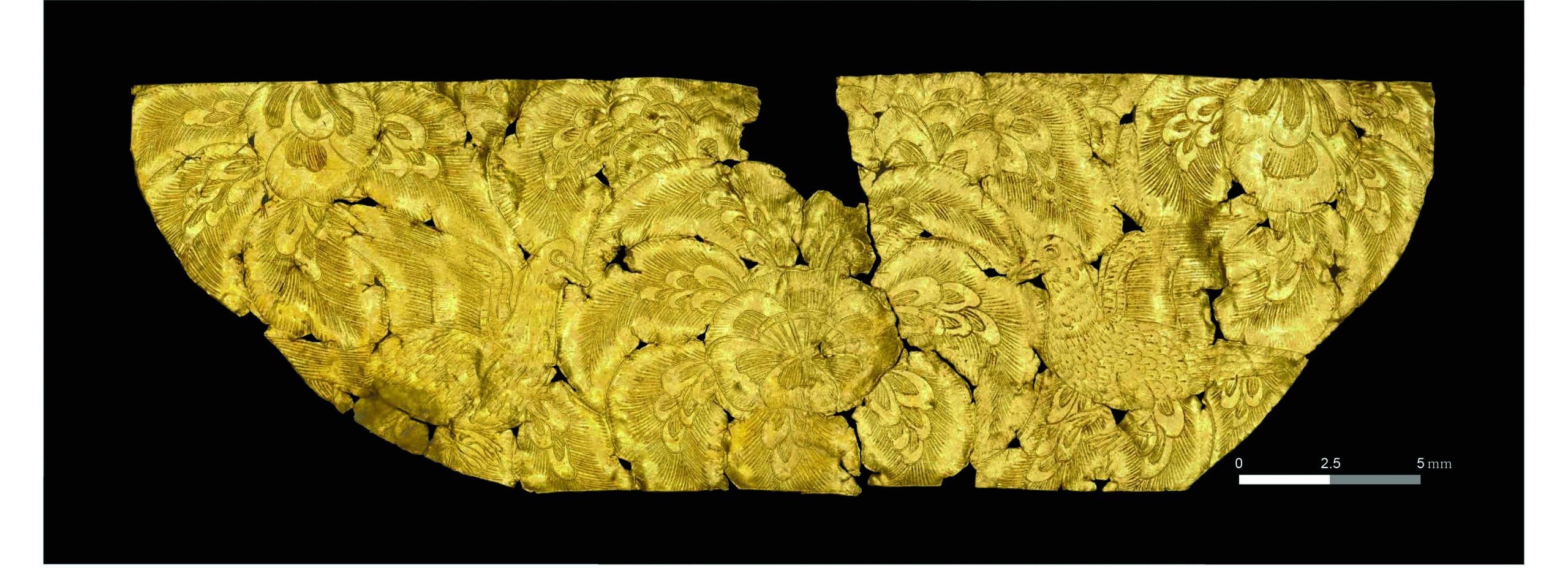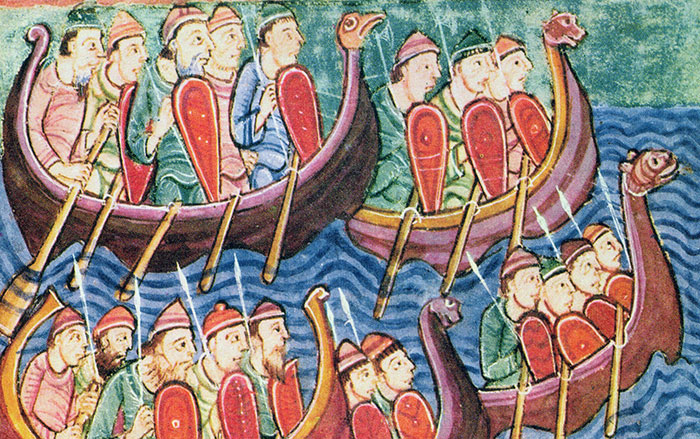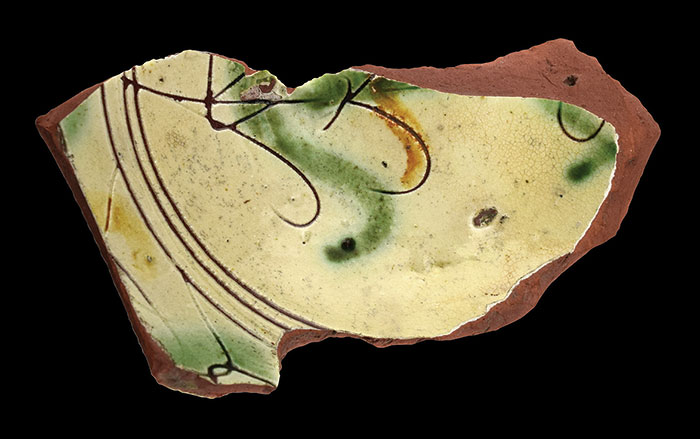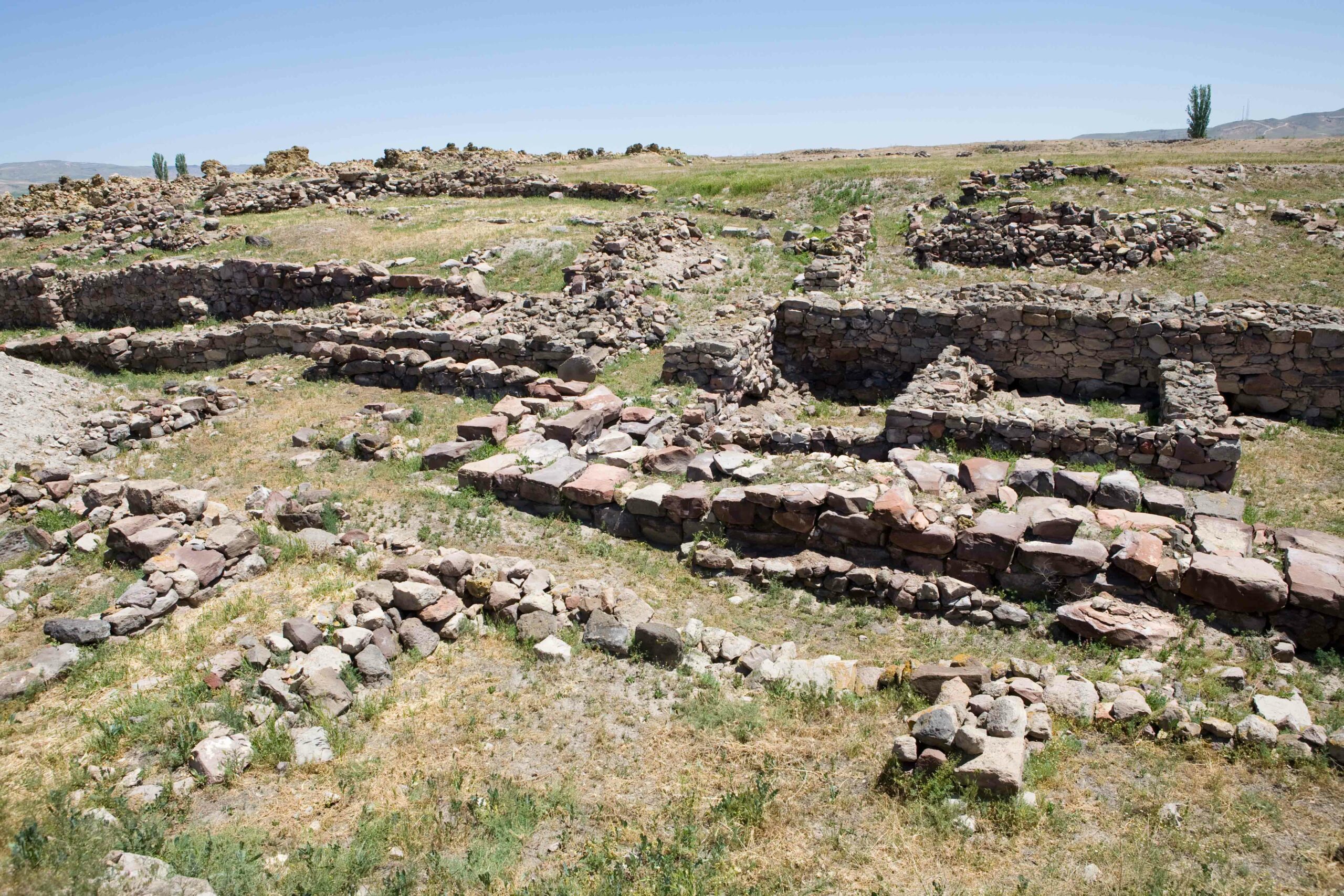The front yard of a Korean home was traditionally left empty, while the backyard, which sometimes led to small nearby mountains, was cultivated as a garden. This held true for palace gardens as well. A pond and a pavilion from which to take in the surrounding landscape were considered vital elements. Such is the case at Hyangwonjeong in Gyeongbokgung Palace. Hyangwonjeong, which means “a pavilion from where scent spread,” was created between 1867 and 1873 on a small island constructed in the middle of a pond. Hyangwonjeong is currently being excavated by the Ganghwa National Research Institute of Cultural Heritage. Archaeologists have found that the bridge that connects the pavilion to the land, at more than 100 feet, was the longest wooden bridge in its day. This bridge was destroyed during the Korean War and has now been reconstructed. Sadly, this is also near the spot where Queen Min (or Empress Myeongseong) was assassinated by the Japanese in 1895, one of the preludes to Japanese colonial rule of Korea.
